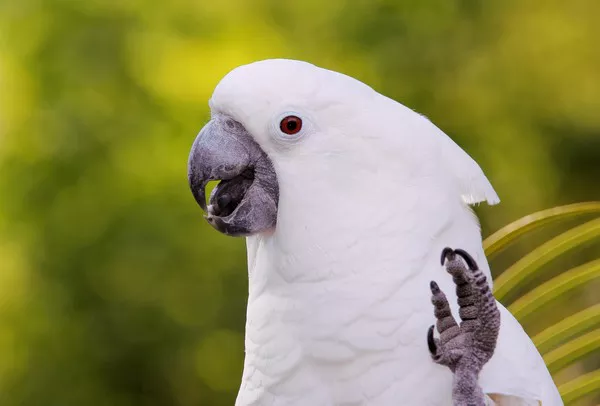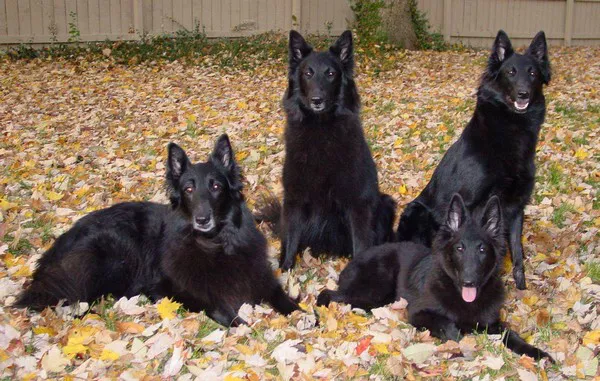Budgerigars, commonly known as budgies, are small and vibrant parrots native to Australia. Wild budgies, unlike the many color morphs seen in pet budgies, showcase a more natural and distinctive array of hues. These colors, while often stunning, are also critical to their survival and communication in the wild. This article delves into the natural coloration of wild budgies, the genetic factors behind these colors, and how their plumage serves a crucial role in their habitat and lifestyle.
What Are Understanding Budgerigars
Budgerigars, scientifically known as Melopsittacus undulatus, are a species of parrot that belongs to the family Psittacidae. These birds are one of the most common pets worldwide, and their docile nature and intelligence make them a favorite among bird enthusiasts. Native to the vast outback of Australia, budgies are social creatures and often thrive in large flocks that travel together across arid regions in search of food and water.
In the wild, budgies are not only known for their playful and lively demeanor but also for their striking and vibrant plumage. However, the colors we see in domestic budgies are not entirely reflective of their natural counterparts. Over generations of selective breeding, a wide array of colors and patterns have been developed. In contrast, wild budgies have a more uniform color palette that helps them blend into their environment and communicate with each other.
The Wild Budgie’s Natural Colors
Wild budgies are predominantly green, with yellow and black markings, but there are variations in the shades of these colors. Let’s break down the key features of their plumage:
1. Green Body
The most common color for wild budgies is a bright, vibrant green. This green color serves as a form of camouflage, helping them blend in with the foliage and grassy environments of their native Australian habitat. The shade of green on a wild budgie’s body can range from a light, almost yellowish-green to a darker, more olive-toned hue, depending on the individual bird and its specific region of habitation.
2. Yellow Head
Wild budgies are often recognized by their distinct yellow heads. The intensity of the yellow can vary, but it’s typically bright and covers the bird’s face and upper parts of its head. This yellow coloration is not just for display; it’s also part of the bird’s natural behaviors, such as signaling and mating rituals.
3. Black Markings and Stripes
A notable characteristic of wild budgies is their black markings, particularly those found on their wings and heads. These markings often appear as a series of stripes across their forehead and down their back. These stripes, or “undulating markings,” give the wild budgie its iconic look and help with identification among flocks.
In addition to these head and back markings, wild budgies also have black and darker green markings on their wings and tails. The wing feathers of the budgie often have a dark-edged pattern, and the tail feathers are typically darker at the tips. These darker markings, combined with the bright green and yellow tones, give the wild budgie a beautiful but functional camouflage in its natural environment.
4. Underside and Belly
The underside of wild budgies is typically a paler green or yellowish color, which helps further conceal the bird when it is resting among the grass or foliage. The pale belly, in contrast to the darker upper parts of the bird’s body, serves to protect the bird from predators when viewed from below.
5. Eye Colour
In wild budgies, the iris of the eyes is usually dark brown or black, creating a striking contrast with their colorful plumage. The dark eyes help the budgie see well in the bright, sunlit environment of the Australian outback.
The Role of Colouration in the Wild
The color of a wild budgie isn’t just for aesthetic purposes; it plays an important role in its survival, reproduction, and social dynamics.
1. Camouflage and Protection from Predators
As mentioned earlier, the green color of wild budgies helps them blend into their surroundings. In the wild, these birds often live in regions where vegetation such as grass, shrubs, and trees are dominant. Their green plumage allows them to blend seamlessly into the foliage, making it difficult for predators, such as hawks and other raptors, to spot them. The yellow markings on their heads may act as a visual distraction, drawing attention away from their body or confusing predators.
2. Mating and Courtship Displays
Budgies, like many species of birds, use their vibrant colors for courtship displays. While the exact role of coloration in budgies’ mating behavior is still being studied, it is widely believed that brighter, more vivid colors indicate a healthy and fit bird. In the wild, male budgies typically exhibit more pronounced and brighter colors than females, especially around the face and chest area. This signaling is part of their effort to attract mates.
The yellow and green coloration, coupled with the black markings, makes the male budgie stand out in a flock, which is important during the mating season. It is thought that more vibrant-colored males are seen as healthier or more genetically fit, thus making them more appealing to females.
3. Social Communication within Flocks
Budgies are highly social birds that live in flocks, often with dozens or even hundreds of individuals. The color patterns of wild budgies may help facilitate communication within these large groups. The black stripes on their heads and backs serve as a way to differentiate individuals, allowing the birds to identify one another from a distance.
Additionally, subtle differences in color patterns can be important when navigating a crowded flock. Each bird can recognize the distinctive markings of its family or mate, allowing for better coordination within the group.
The Genetic Basis Behind Wild Budgie Colors
The plumage colors of budgies are the result of complex genetic factors that govern the inheritance of specific color traits. Understanding the genetics behind budgie coloration provides insight into why wild budgies are the colors they are and why they differ so significantly from their domesticated counterparts.
1. The Role of Pigmentation
Wild budgies have a combination of pigments that result in their characteristic green and yellow colors. The primary pigment responsible for the green color is called “psittacofulvin,” which is found in the feathers of many parrot species. Psittacofulvin produces a bright, yellow-green hue that is common in budgies.
The yellow color on the budgie’s head comes from the combination of psittacofulvin and a different pigment called “melanin,” which is typically responsible for darker colors in animals. The balance between these two pigments creates the bright yellow crown on the wild budgie’s head.
2. Genetic Mutations and Coloration Variations
Though wild budgies typically follow a set color pattern, genetic mutations occasionally result in slight variations. For example, some wild budgies may exhibit more intense or faded colors, and rare color morphs such as blue or albino may also occur in the wild, though these are not common.
The wild-type budgie coloration is considered the baseline, with variations like the blue or violet coloration being the result of genetic mutations that are often more pronounced in domesticated budgies due to selective breeding.
3. Evolution and Adaptation
The colors of wild budgies have evolved over thousands of years to suit their environment. The green coloration, in particular, is a product of natural selection. In a largely open, arid habitat like the Australian outback, the ability to blend into the greenish grasses and bushes provides a clear survival advantage. Over time, those budgies with more effective camouflage have been more successful at avoiding predators, leading to the prevalence of this green coloration in wild populations.
Variations in Wild Budgie Populations
While wild budgies are most often green with yellow markings, there are some variations depending on geographic location and environmental factors. In some parts of Australia, for instance, budgies may exhibit slightly different shades of green or yellow based on local ecological conditions. These subtle differences are a result of regional variations in the climate, vegetation, and other natural factors.
Conclusion
Wild budgies are beautifully adapted to their environment, with their vibrant green and yellow plumage helping them blend into the natural world. Their coloring plays a significant role in protecting them from predators, assisting with social interactions, and supporting their mating rituals. The natural coloration of wild budgies, with its intricate patterns of green, yellow, and black, is a product of evolution, genetics, and adaptation. While domesticated budgies may come in a dazzling array of colors, the wild budgie’s more subtle palette showcases the perfect blend of form and function in nature. Understanding these colors and the roles they play in the lives of budgies offers insight into the fascinating world of these small but remarkable birds.
Related Topics:























